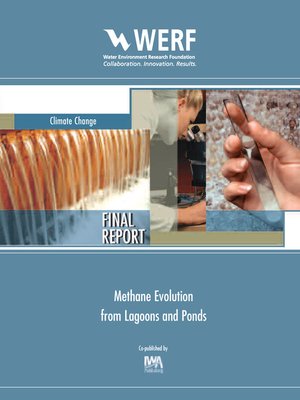
Sign up to save your library
With an OverDrive account, you can save your favorite libraries for at-a-glance information about availability. Find out more about OverDrive accounts.
Find this title in Libby, the library reading app by OverDrive.



Search for a digital library with this title
Title found at these libraries:
| Library Name | Distance |
|---|---|
| Loading... |
These case studies focus on the CH4 emissions from wastewater treatment in photosynthetic oxidation ponds and facultative sludge lagoons. These area-intensive processes are for cryophilic-to-mesophilic treatment and storage and are uncovered, except for a layer of aerobic liquid. Pond/lagoon treatment technologies represent some of the lowest energy processes available and as such are attractive options from an indirect GHG perspective. While it is intuitive that sludge treatment lagoons have significant anaerobic zones, oxidation ponds have also been shown to develop anaerobic layers, particularly in the deeper portions. Literature also suggests that CH4 evolution is mitigated by methanotrophic bacteria in the water column that can aerobically oxidize CH4, as occurs naturally in lakes and other environments. Because each system has potentially significant anaerobic volumes, quantifying the levels of CH4 emissions would provide insight into the significance of direct CH4 emissions and whether improvements are warranted to address fugitive emissions in these otherwise very sustainable technologies. These tasks provide a better understanding of the wastewater treatment industry's true impacts from a GHG standpoint. With that understanding better solutions may be developed to remediate their impact as warranted by their significance.







